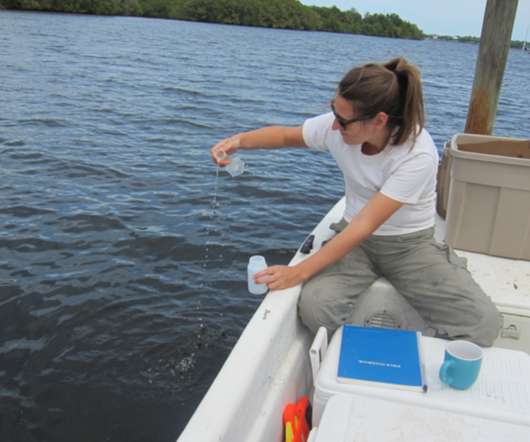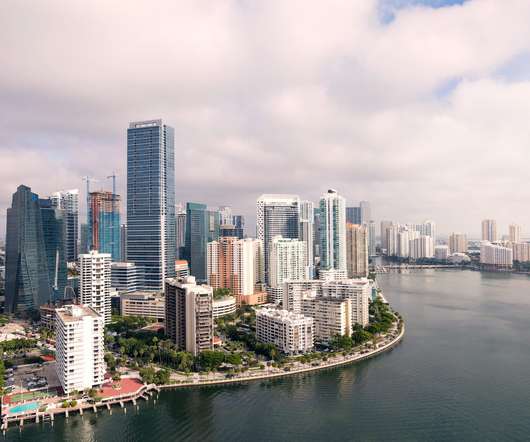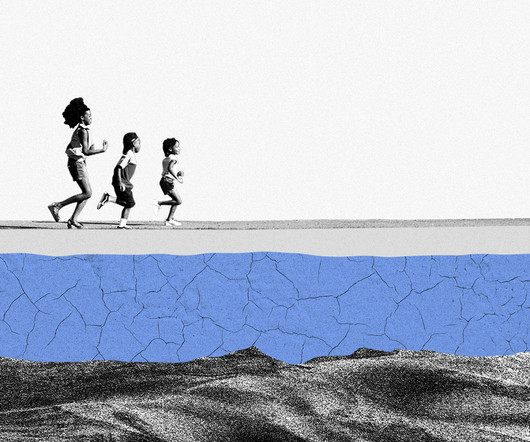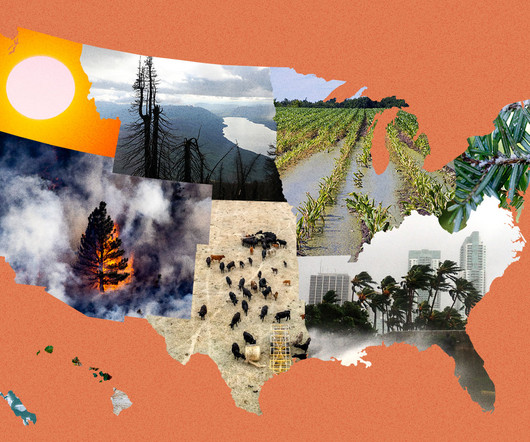Septic system waste pervasive throughout Florida’s Indian River lagoon
Envirotec Magazine
DECEMBER 14, 2021
For more than a decade, fertilizer leaching and associated stormwater runoff were thought to be the major drivers of harmful algal blooms in Florida’s Indian River Lagoon. This is likely the result of increased infiltration, groundwater flow and stormwater runoff in the wet season.













Let's personalize your content